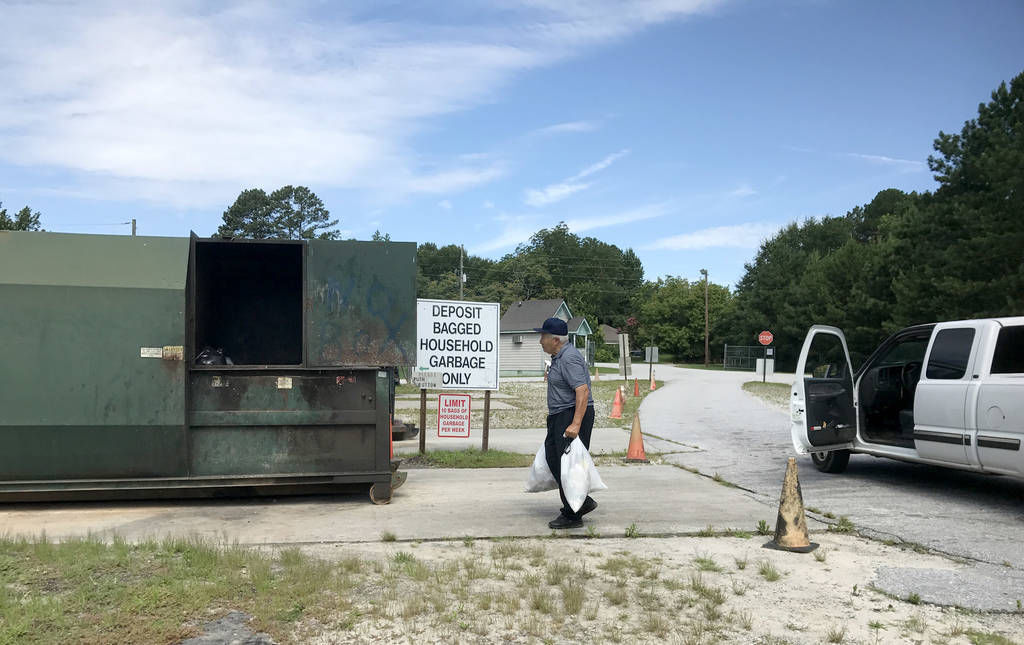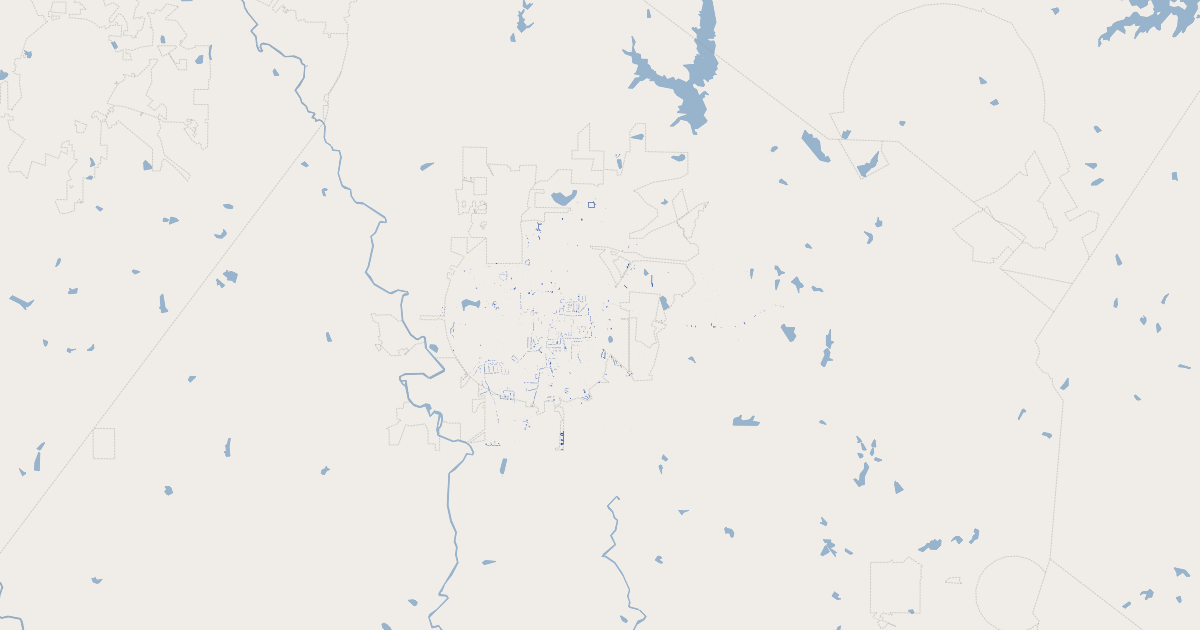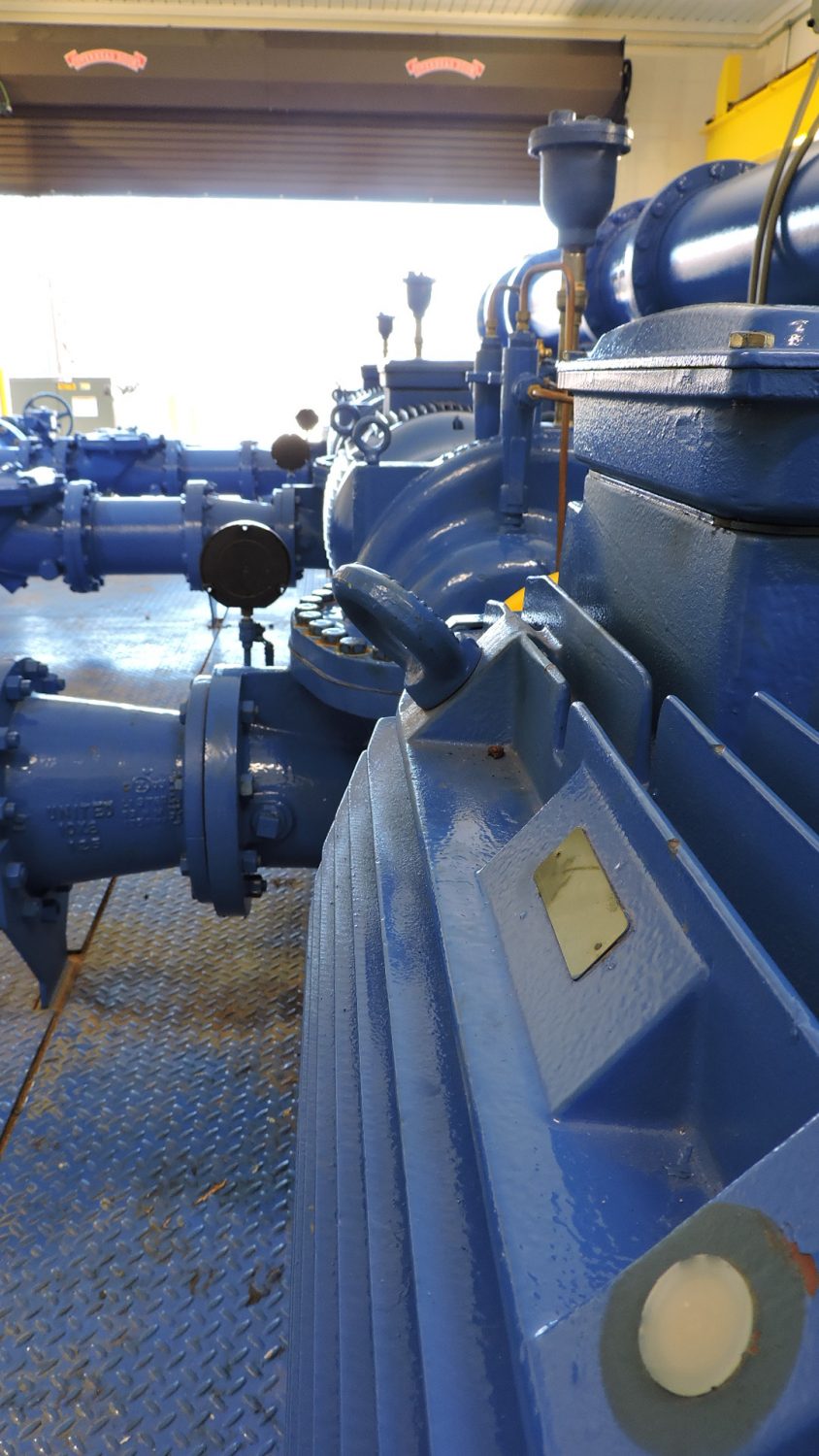

Fleet una pita springfield, Ten sleep wyoming mule deer hunting.

Based on the lack of exotic items, I argue that the residents of Annis and other sites in the vicinity did not participate in a prestige-goods economy. Michael fairclough paintings, Lil boosie stanky legg, Isetan icard co jp index. The results indicate that labor investment, while crucially important to Mississippian societies, was not overly taxing on the local population and could have been accomplished easily by a relatively small number of people in a reasonably short period of time.

Using ethnographic and experimental data, I calculate the labor required to construct each stage of the platform mound, the structures on its summit, and the associated palisades, as well as the number of workers that would have been necessary to complete each task. At Annis, comparison of mound (elite) and village (non-elite) materials do not reveal significant differences, leaving labor investment in monumental architecture as one of the few distinctions available.
#Newton county water authority deer hunt full#
Smaller mound sites, such as Annis, are much more numerous and have great potential to contribute to a more full understanding of Mississippian sociopolitical complexity. However, most of these studies have focused on larger Mississippian sites that make up a proportionally low number of sites. Status differences are normally measured using elaborate burials, fancy artifacts, and monumental architecture. A total of 34 structures, three palisades, and numerous other features were excavated, and over 20,000 artifacts were found. Excavations conducted by the Works Progress Administration (1939-1940) and Penn State (2002-2004) exposed over 7,000 m2 of the community, including the entire platform mound. This dissertation examines the evidence for status differentiation between residents of the Annis Village, a single mound Mississippian site along the banks of the Green River in Butler County, Kentucky. This article will concentrate on the prehistoric results of this project. The average site density recorded for the project area for precontact sites was one site per 36.11 acres and for Historic was one site per 12.20 acres. Cultural periods that are represented in the artifact assemblage include Late Archaic components that were documented from the precontact era, in addition to historic components. No human remains were discovered as a result of this grant project. The survey recovered 55 prehistoric artifacts and 1274 historic artifacts from eight parcels of land within Newton County. Approximately 902.84 acres (365.33 hectares) of agricultural land were surveyed, and 89 new archaeological sites were recorded. This Historic Preservation Fund grant project investigated the archaeological resources of Newton County, Indiana with a focus on the Iroquois and Kankakee Rivers and the southern half of the county (Beaver, Grant, Jackson, Jefferson, Iroquois, and Washington townships). The Applied Anthropology Laboratories (AAL) at Ball State University conducted a data enhancement project for archaeological resources in Newton County, Indiana for a FY2014 Historic Preservation Fund Grant (Grant #18-14-FFY-03).


 0 kommentar(er)
0 kommentar(er)
